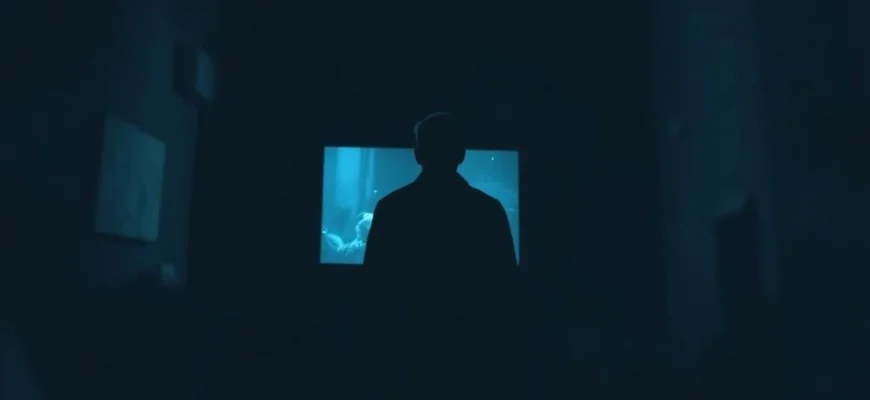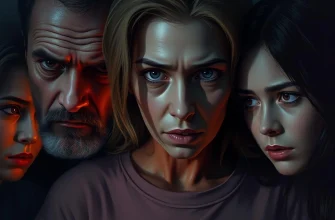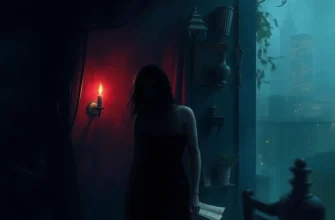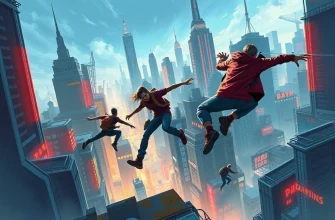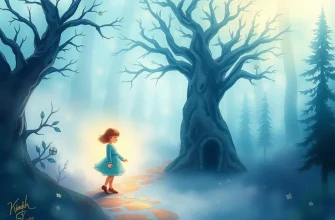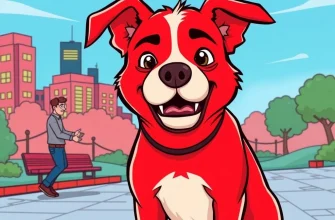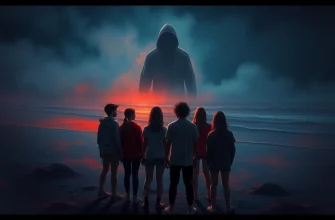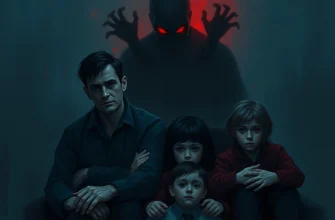Ben je fan van 'Die Brut' (1979), de psychologische horrorfilm van David Cronenberg, en op zoek naar soortgelijke films of series? Dit artikel bespreekt 10 titels die dezelfde onheilspellende sfeer, psychologische diepgang en body horror-elementen delen. Perfect voor liefhebbers van intense, beangstigende verhalen.
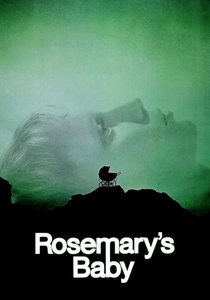
Rosemary's Baby (1968)
Beschreibung: A psychological horror film that delves into themes of paranoia and manipulation, with a focus on the grotesque and the surreal, and a slow build of dread.
Fakt: The film was shot almost entirely on location in New York City, adding to its realistic and unsettling atmosphere. It was one of the first horror films to receive critical acclaim and mainstream success.
 Jetzt ansehen
Jetzt ansehen
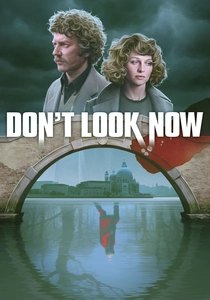
Don't Look Now (1973)
Beschreibung: A psychological horror film that explores grief and the supernatural, with a surreal and unsettling tone and a focus on the grotesque and the uncanny.
Fakt: The film's famous sex scene was controversial for its time and was one of the first to depict sex in a mainstream horror film. The ending is considered one of the most shocking in horror cinema.
 Jetzt ansehen
Jetzt ansehen

The Tenant (1976)
Beschreibung: A psychological horror film that explores themes of identity and paranoia, with a slow descent into madness and a focus on the grotesque and surreal.
Fakt: The film was shot in a real Parisian apartment building, which added to its claustrophobic atmosphere. It was the third film in a loose trilogy exploring themes of isolation and identity.
 Jetzt ansehen
Jetzt ansehen
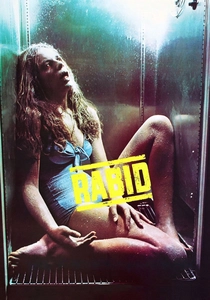
Rabid (1977)
Beschreibung: A horror film that combines body horror with a slow descent into madness, featuring grotesque transformations and a focus on the psychological toll of physical change.
Fakt: The film was shot on a very low budget, with many of the special effects being created using practical techniques. It was one of the first films to explore the concept of a pandemic caused by a medical experiment gone wrong.
 Jetzt ansehen
Jetzt ansehen
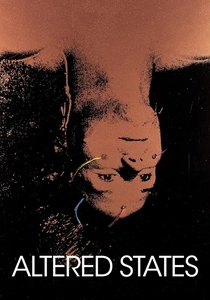
Altered States (1980)
Beschreibung: A sci-fi horror film that explores the limits of human consciousness and the terrifying consequences of pushing those limits, featuring surreal and grotesque body transformations.
Fakt: The film's hallucination sequences were inspired by real-life sensory deprivation experiments. The special effects were achieved using a combination of practical effects and early CGI techniques.
 Jetzt ansehen
Jetzt ansehen
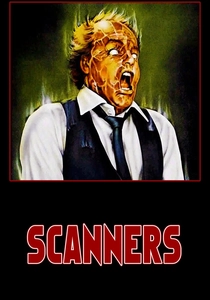
Scanners (1981)
Beschreibung: A horror film that delves into the terrifying potential of the human mind, featuring shocking body horror and a focus on psychological and physical disintegration.
Fakt: The infamous head explosion scene was achieved using a specially designed prosthetic head filled with fake blood and animal parts. The film's score was composed by Howard Shore, who later became famous for his work on 'The Lord of the Rings' trilogy.
 Jetzt ansehen
Jetzt ansehen
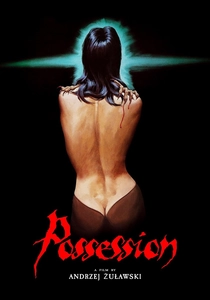
Possession (1981)
Beschreibung: A deeply unsettling film that blends psychological horror with body horror, featuring extreme emotional and physical disintegration and a surreal, nightmarish tone.
Fakt: The film was banned in several countries due to its extreme content and disturbing imagery. It was shot in West Berlin during the Cold War, adding to its eerie atmosphere.
 Jetzt ansehen
Jetzt ansehen
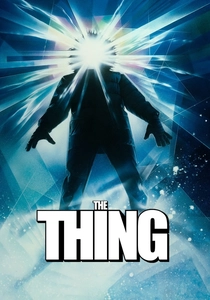
The Thing (1982)
Beschreibung: A psychological horror film that explores themes of paranoia and isolation, with a focus on body horror and the grotesque transformation of the human form.
Fakt: The special effects were so realistic that they caused controversy and were almost banned in some countries. The film was initially a box office failure but later gained a cult following.
 Jetzt ansehen
Jetzt ansehen
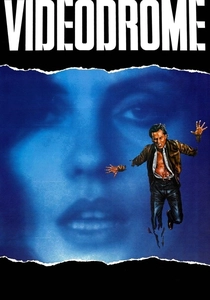
Videodrome (1983)
Beschreibung: A surreal and disturbing exploration of the blurring lines between reality and hallucination, featuring grotesque body transformations and psychological horror.
Fakt: The film's unique visual effects were achieved using practical techniques, including animatronics and prosthetics. It was one of the first films to explore the concept of media-induced hallucinations.
 Jetzt ansehen
Jetzt ansehen
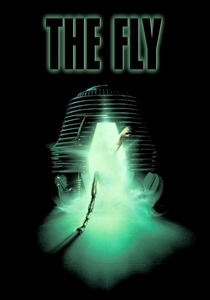
The Fly (1986)
Beschreibung: A tragic and horrifying tale of a man's gradual physical and mental deterioration, featuring extreme body horror and a focus on the psychological impact of transformation.
Fakt: The film's special effects were groundbreaking for their time, earning an Academy Award. The transformation scenes were achieved using a combination of animatronics, prosthetics, and stop-motion animation.
 Jetzt ansehen
Jetzt ansehen

